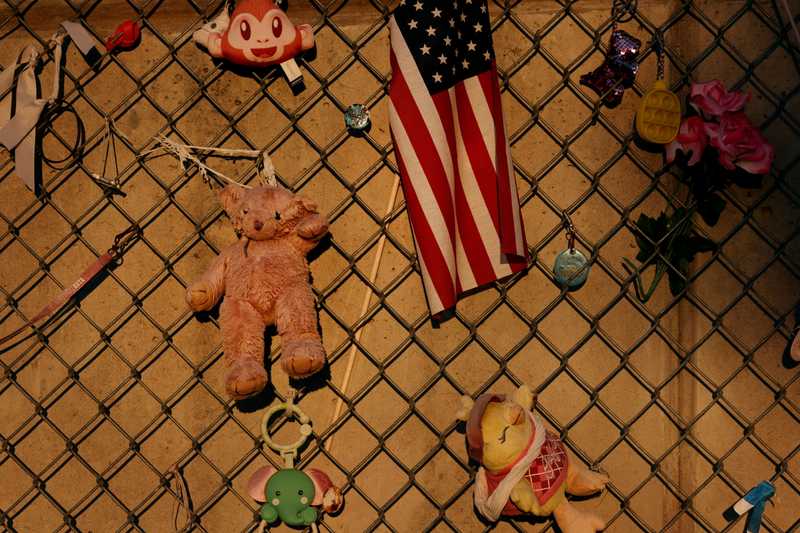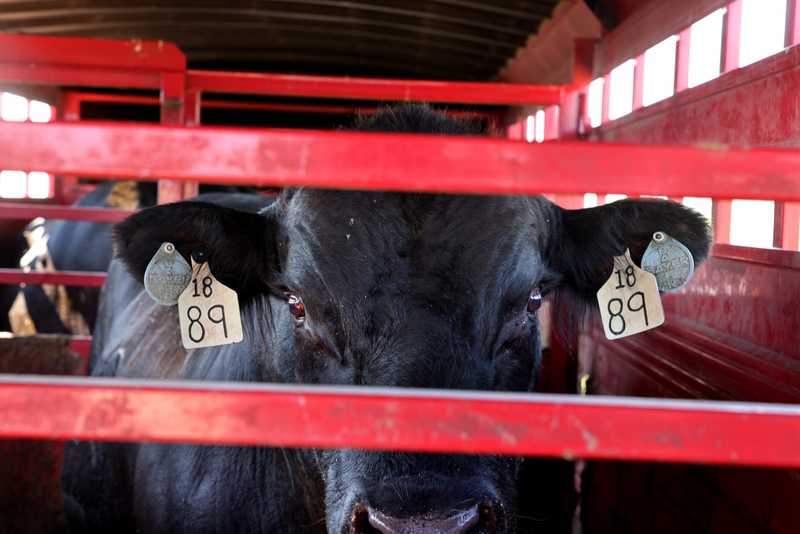
Miami team
Oct. 27, 2022
No TVs and velvet-red walls: Jazz plays 365 days a year at the Green Lady Lounge
KANSAS CITY, Mo. — It was only 7 p.m. and the suit-and-tied Tyrone Clark Trio was already doing its thing at the Green Lady Lounge. The cocktail bar bills itself as the home of continuous live jazz, and that’s no joke. The doors open every day — all 365 of them — and don’t close until 3 a.m.
The Green Lady would be hopping later, but as Clark’s muscular fingers walked the neck of his stand-up bass, the place was mostly empty, with just a few folks huddled in booths or nursing drinks at the bar. I ordered a Rieger’s, a Kansas City bourbon that tastes of corn bread, caramel, and cigar smoke, and took a seat.
Stepping into the Green Lady is confusing — and enchanting. Your eyes need to adjust. It’s another world, one you might imagine while listening to saxophonist Charlie Parker, who grew up in Kansas City, or Count Basie. It’s dark — hanging lamps glow, but just barely — and the look is retro: There are no TVs and the velvet-red walls are a mosaic of vintage oil paintings. If you like bars — and I do — the Green Lady Lounge is it.
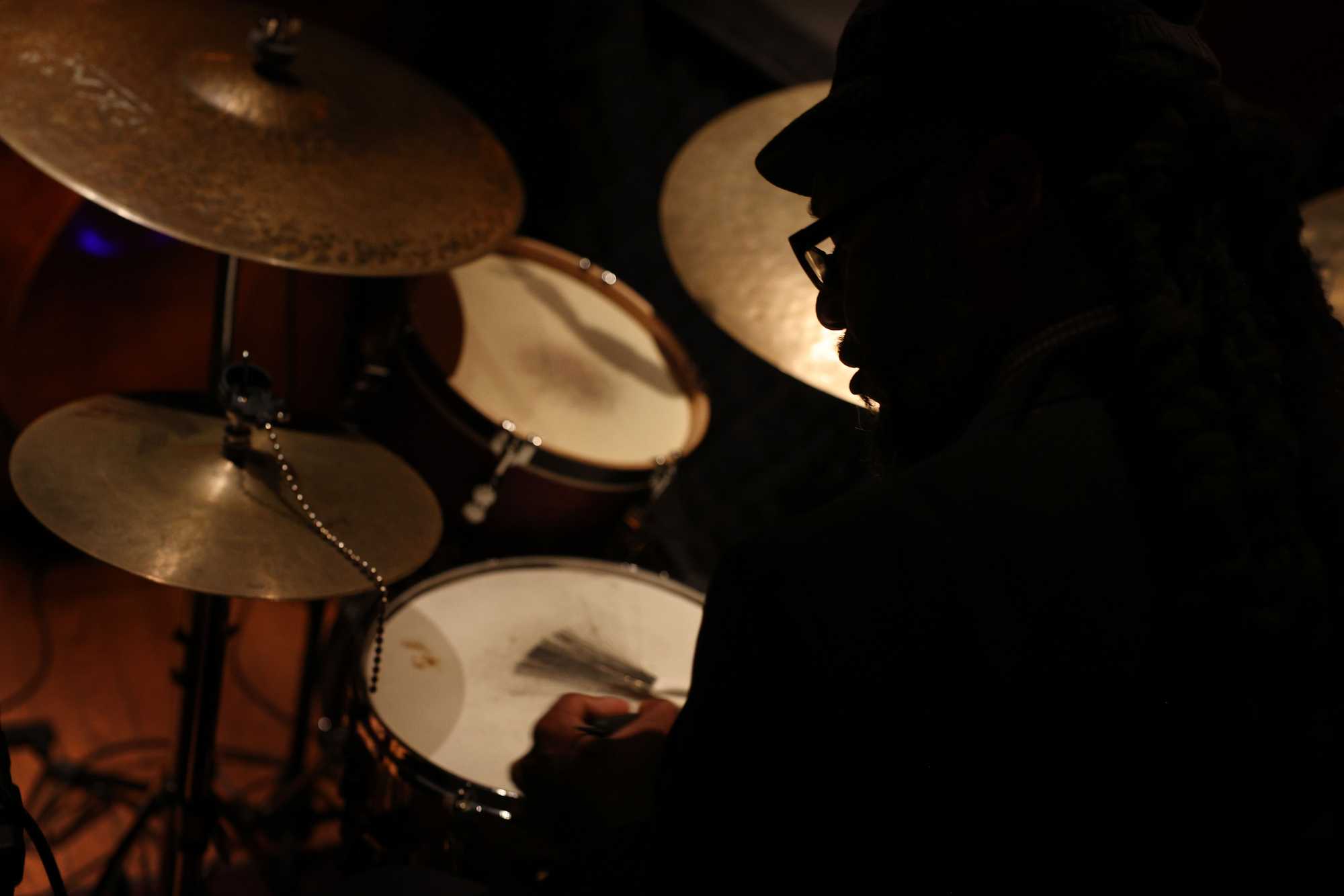
Recent stories from the Miami team
But this isn’t a nostalgia trip. The musicians who gig at the Green Lady and its sister club next door, the Black Dolphin, aren’t playing standards for tourists. They’re working, exclusively performing original compositions in the tradition of Kansas City jazz, a loose, rhythmic style influenced by the blues.
It’s hard to overstate how integral jazz is to the identity of Kansas City. Starting in the 1920s, a swath of downtown — now designated the 18th & Vine District — was the hub and heart of Black life and commerce, and music was as much in the air as the aroma of smoked meat from the blocks’ many barbeque joints. It still is: Some 40 clubs in the neighborhood regularly feature jazz. (18th & Vine is also home to the American Jazz Museum and the Negro Leagues Baseball Museum.)
During a short break in his combo’s four-hour set, Clark, who’s played all over, said there aren’t many places with a jazz scene as vibrant as Kansas City’s. “Maybe New York and, I don’t know, maybe New Orleans,” he said.
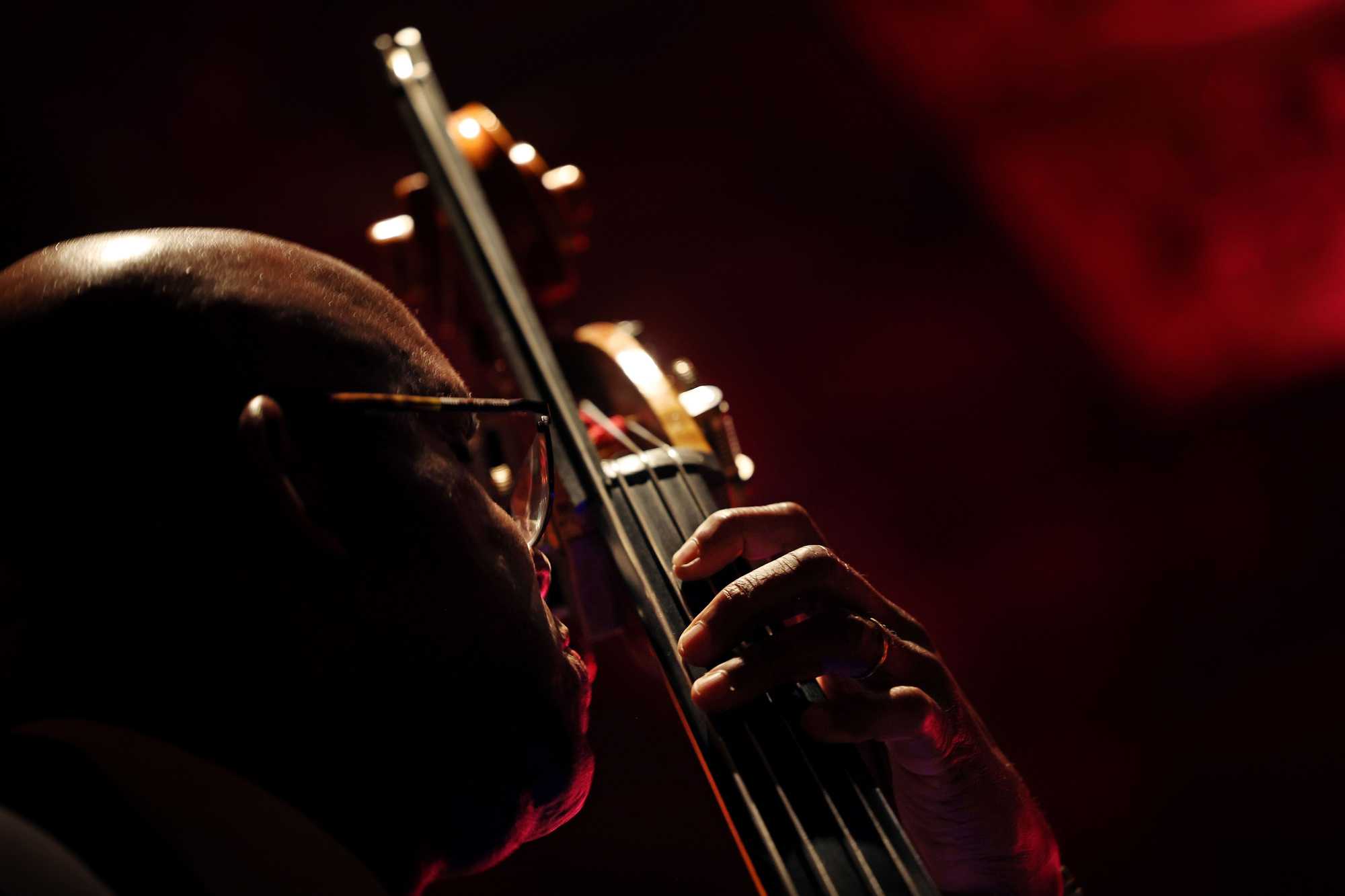
Clark cites saxophonists John Coltrane and Stanley Turrentine as influences, but his heroes are the pioneers of Kansas City jazz, the soloists and bandleaders who, in 1917, formed Local No. 627, one of the country’s few Black musicians unions. Today it’s called the Mutual Musicians Foundation and its headquarters isn’t just a National Historic Landmark, it’s also a storied social club where jazz musicians play until the sun comes up.
“I used to play there when I was younger. Every Friday and Saturday, from one o’clock until five in the morning, nonstop,” Clark said. “If we took breaks, the riffraff would come on stage and ruin the whole night, so we had to stay up there, man.”
As more people filtered into the Green Lady, Clark rose slowly from his corner booth, straightened his tie, and grabbed his bass. Moments later, in a hushed voice, he intro’d the band — Charles Gatschet on guitar and Brad Williams on drums — and the music began again.
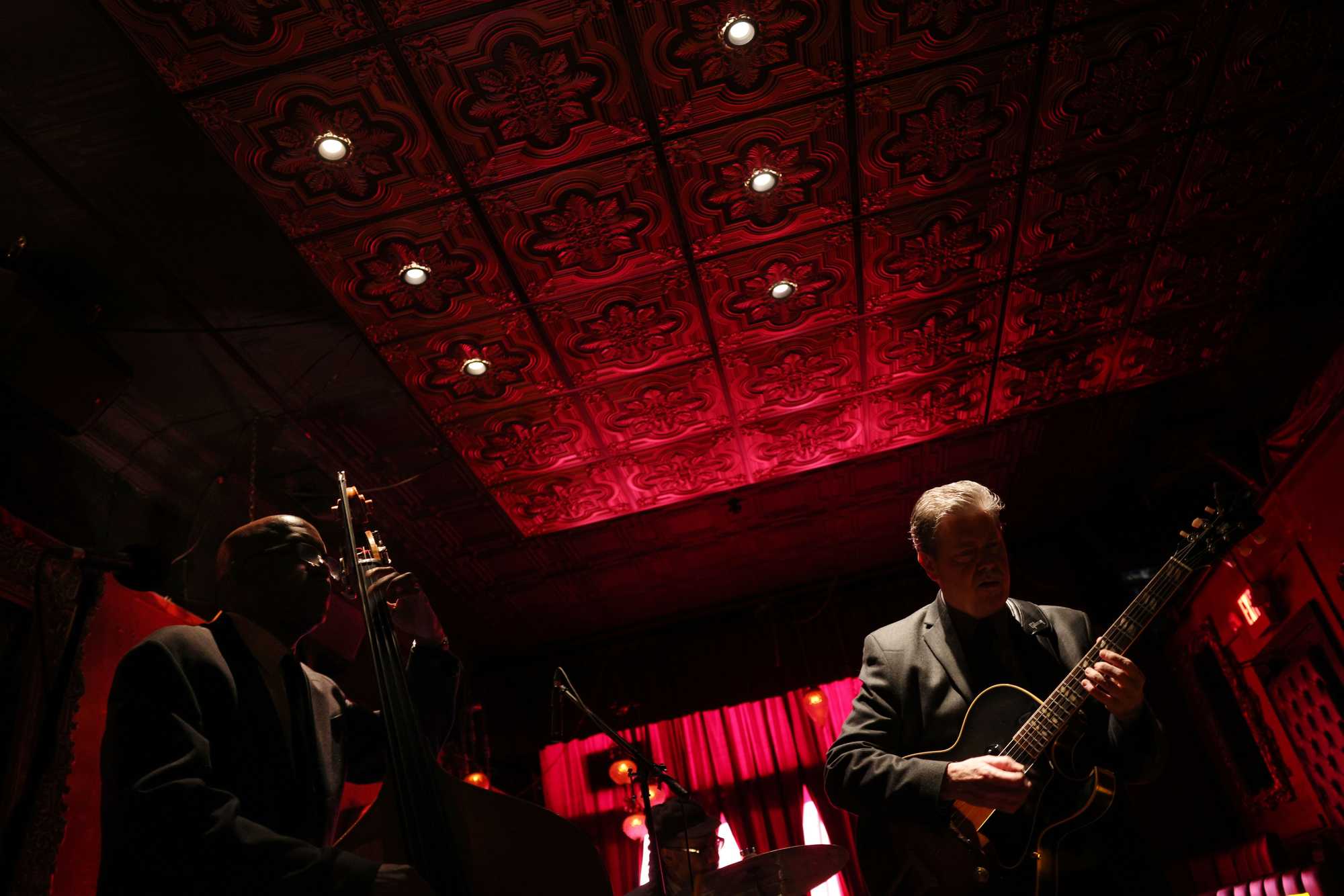
Join the discussion: Comment on this story.
Credits
- Reporters: Julian Benbow, Diti Kohli, Hanna Krueger, Emma Platoff, Annalisa Quinn, Jenna Russell, Mark Shanahan, Lissandra Villa Huerta
- Photographers: Erin Clark, Pat Greenhouse, Jessica Rinaldi, and Craig F. Walker
- Editor: Francis Storrs
- Managing editor: Stacey Myers
- Photo editors: William Greene and Leanne Burden Seidel
- Video editor: Anush Elbakyan
- Digital editor: Christina Prignano
- Design: Ryan Huddle
- Development: John Hancock
- Copy editors: Carrie Simonelli, Michael Bailey, Marie Piard, and Ashlee Korlach
- Homepage strategy: Leah Becerra
- Audience engagement: Lauren Booker, Heather Ciras, Sadie Layher, Maddie Mortell, and Devin Smith
- Newsletter: LaDonna LaGuerre
- Quality assurance: Nalini Dokula
- Additional research: Chelsea Henderson and Jeremiah Manion
© 2022 Boston Globe Media Partners, LLC
